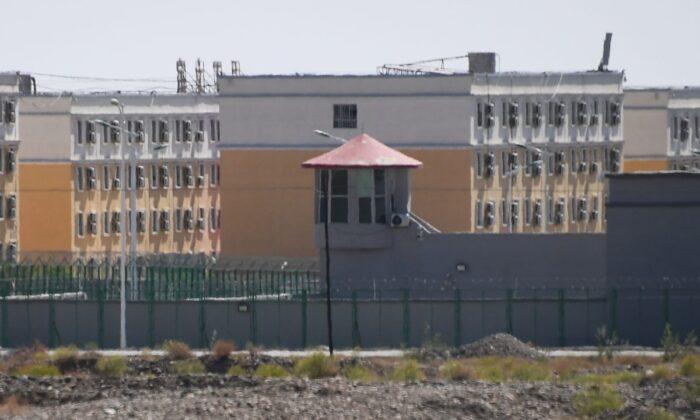The appearance of China’s green lasers over Hawaii signals a coming war, warns Rick Fisher, a senior fellow at International Assessment and Strategy Center.
When they first reported these beams to the public, the astronomers said they came from a NASA satellite—they were thought to be American lasers. But just a week later, the Japanese astronomers issued a correction saying that the green laser beams were not from a U.S. satellite, but instead, they were more likely from a Chinese satellite.
The expert disagreed that the Daqi-1 satellite is solely for environmental research.
“While this satellite indeed can be used to advance environmental research, the lasers that it uses to assess the atmosphere can also be used to provide key measurements of atmospheric density, wind direction, all of which are essential for the People’s Liberation Army (PLA) to be able to target its latest weapons known as hypersonic glide vehicles,” he said in the interview.
Hypersonic Glide Vehicle
According to Fisher, the hypersonic glide vehicle is designed to exploit low altitudes as it travels at speeds above five times the speed of sound.“Now, at that speed, a hypersonic glide vehicle is very vulnerable to changes in the weather, minute changes in atmospheric density, the change in direction of the wind,” he said.
“So, the PLA would want the Daqi-1 satellite or a satellite with that capability, to have reconnoitered the weather over the target, the weather over Hawaii, the weather over Pearl Harbor, it wants the hypersonic glide vehicle to be as accurate as possible,” he added.
He said that its ability to travel at lower altitudes enables the satellite to avoid radar detection until it approaches the target.
“It means less time for the Americans to mobilize missile defenses, if they have them, or to target this missile. And in addition, [the] hypersonic glide vehicle is designed to be maneuverable. So as it approaches the target, it can make evasive maneuvers,” he said.
The fact that the Chinese satellite targeted Pearl Harbor also made the American nuclear attack submarines based there vulnerable to any threat.
“Those submarines would provide a very significant margin of the American deterrent and combat power in the event of confrontation or war,” he said.
Close-Run
According to Fisher, the United States can counter hypersonic glide vehicles with its air-launched ballistic missile (ALBM), which he said: “offers the advantage of being able to intercept the bomber that’s carrying the missile early on in its mission.”“If the hypersonic glide vehicle missiles are on ships, then the ships can be intercepted and dealt with at a far distance from potential targets as well. But if the missiles are air-launched ballistic missiles, that means the missiles are in the air, [and] it becomes important to try to intercept the missile as far away as possible from the target before the hypersonic glide vehicle becomes a freely maneuvering and evasive target itself,” he said.
The United States has that intercepting capability, he noted. Still, it’s a close-run situation as “the hypersonic glide vehicle is very fast, very maneuverable, and can also execute violent maneuvers.”





